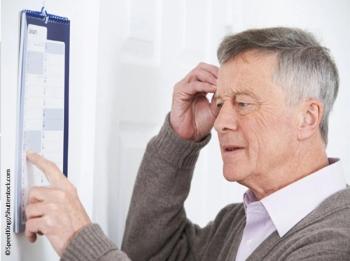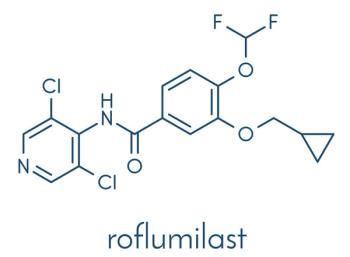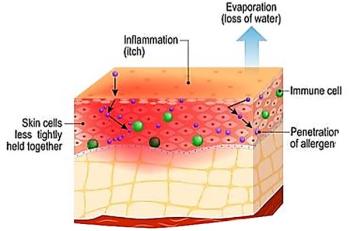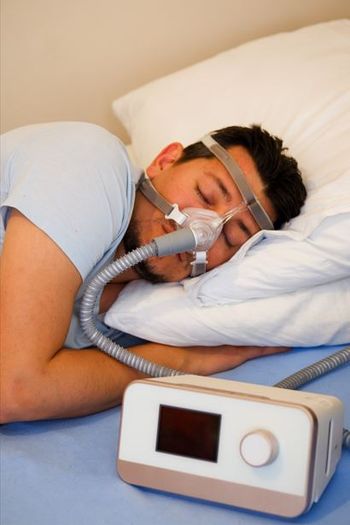
New neffy Data on Clinical Efficacy Presented at 2024 AAAAI Annual Meeting

AAAAI 2024. New data on neffy (epinephrine nasal spray) include the first report of efficacy after oral food challenge in a pediatric population at risk for anaphylaxis.
The intranasal epinephrine product neffy (epinephrine nasal spray) has encountered some delays in its progress to becoming the first needle-free option for treatment of severe allergic reactions. But biopharmaceutical company ARS Pharmaceuticals, Inc, has met the challenges, including plans to incorporate findings from a
The company is presenting data in 6 posters and oral presentations from a range of studies at the 2024 American Academy of Allergy, Asthma, and Immunology (AAAAI) annual meeting, February 23-26, 2024, in Washington, DC. We highlight 3 of those below.
Oral food challenge2
Epinephrine nasal spray has proven pharmacokinetic and pharmacodynamic profiles that are within range of approved epinephrine injection products, according to ARS. At AAAAI the company presents data for the first time from a phase 3 clinical tat evaluated the safety and efficacy of neffy to treat symptoms of anaphylaxis induced by oral food challenge in children.
Presenting author Motohiro Ebisawa, MD PhD, and colleagues administered a single dose of neffy 2 mg (30 kg+ body weight) or 1 mg (15-30 kg body weight) when participants experienced gastrointestinal, respiratory or circulatory symptoms that were grade 2 or higher on the 3-grade scale in the Severity Classification of Organ Symptoms by the Japanese Society of Allergology Anaphylaxis Guidelines 2022, according to the abstract.
Ebisawa et al enrolled 15 youth aged 6 to 17 years. They administered a single dose of neffy 1 mg to 6 participants (15-30 kg body weight) and neffy 2 mg to 9 participants (30 kg+ body weight). According to the study abstract, researchers observed 18 grade 2 symptoms. They explain that if a clinical response is not observed within 15 minutes of an initial epinephrine dose, clinical practice guidelines recommend a second dose. All participants responded to the single dose of neffy and the median time to resolution of symptoms was 16 min (range 1 - 90 min). Adverse events were observed in 7 participants, but all were noted as mild or moderate and resolved quickly.
One participant among the 15 (6.7%) did experience a biphasic reaction and required an additional single dose of epinephrine 2 hours and 45 minutes after initial symptom resolution. In a news release, ARS cites historical clinical response data for injection epinephrine products that show both the proportion of participants experiencing a biphasic reaction in response to food challenge in the current study and the proportion requiring 2 or more doses of epinephrine to resolve symptoms are commensurate with the earlier findings.
Pharmacokinetics3
Results of a second study presented at the AAAAI meeting demonstrate in a pediatric population the pharmacokinetic equivalence of epinephrine nasal spray to injection products.
The cohort for the randomized single-dose phase 1 pharmacokinetic study included 42 children with allergy who were administered a single dose of neffy 1 mg (15-30 kg) or neffy 2 mg (30 kg+).
The mean peak plasma concentration (Cmax) for neffy 1 mg was 651 pg/mL. The median time to reach Cmax (tmax) was 20 minutes, according to the results. Cmax for neffy 2 mg was 690 pg/mL and the median tmax was 29.5 minutes.
Presenting author David Fleischer, MD, and colleagues wrote in the study abstract that the resulting neffy pharmacokinetic profiles correlated well with measured pharmacodynamic responses, ie, blood pressure and heart rate. They also state that both the pharmacokinetic and pharmacodynamic findings in the pediatric population were within the range of those seen with FDA-approved injection epinephrine products, paralleling what has already been observed in adults. The adverse events recorded in this study were mild, the authors write, and none were serious or resulted in withdrawal.
Potency preserved through extreme conditions4
A third study found that compared with epinephrine injection products available for administration with an autoinjector and prefilled syringe, neffy (epinephrine nasal spray) demonstrated preserved potency and resistance to degradation after an extended period under extreme temperature conditions.
Presenting author Richard Lowenthal, PhD, MBA, and colleagues observe that because persons at risk for a type 1 allergic reaction are advised to carry an epinephrine device with them at all times, there is a persistent risk for the product to be exposed to extreme temperature conditions—accidentally being left behind in a car on a hot summer day is the example offered in the study abstract.
Using this scenario for illustration, the investigators evaluated the comparative influence of extreme heat on the potency of 3 epinephrine product formulations, collecting stability data (assay) for neffy (epinephrine nasal spray; ARS); EpiPen (Viatris); and Symjepi (Adamis Pharma). They assessed temperature stability at 50°C/122°F (car temperature) for 3 months and 40°C /104°F for 6 months. Room temperature testing conditions of 25°C/77°F were used for reference stability. See results below.
Lowenthal and colleagues concluded that the stability of epinephrine nasal spray was superior to that of the 2 injection products and that neffy potency remained within shelf-life specifications despite extreme temperature exposure for 90 days. Degradation of formulations in EpiPen and Symjepi was “rapid and extensive” and they were rendered “subpotent” shortly after exposure began.
Injection products are labeled with an expiration period of 18 months compared to the anticipated 24-month period for neffy upon product launch.
References
1. ARS Pharmaceuticals to present positive clinical efficacy data for neffy (epinephrine nasal spray) at 2024 AAAAI annual meeting. News release. ARS Pharma. February 5, 2024. Accessed Febryuary 22, 2024.
2. Ebisawa M, Lowenthal R, Tanimoto S, et al. neffy, epinephrine nasal spray, demonstrates a positive efficacy and safety profile for the treatment of allergic reactions in pediatric patients at risk of anaphylaxis: a phase 3 study. J Allergy Clin Immunol. 2024;153(2)(suppl):AB371. doi:10.1016/j.jaci.2023.11.888
3. Fleischer D, Li HH, Lockey R, et al. Pediatric doses of neffy (epinephrine intranasal spray) demonstrate pharmacokinetic profiles that are equivalent to epinephrine injection products. J Allergy Clin Immunol. 2024;153(2)(suppl):AB12. doi:10.1016/j.jaci.2023.11.059
4. Lowenthal R, Dorsey B, Burrell B. Comparative stability of three epinephrine products under extreme temperature conditions. J Allergy Clin Immunol. 2024;153(2)(suppl):AB371 doi:10.1016/j.jaci.2023.11.887
Newsletter
Enhance your clinical practice with the Patient Care newsletter, offering the latest evidence-based guidelines, diagnostic insights, and treatment strategies for primary care physicians.
























































































































































































































































































